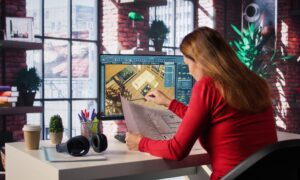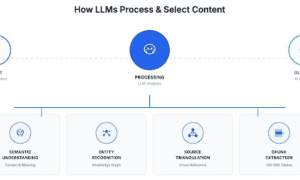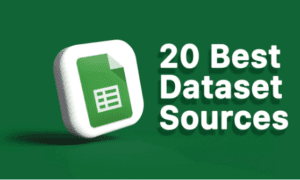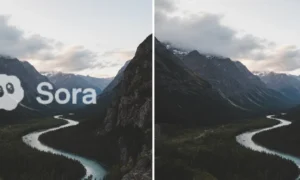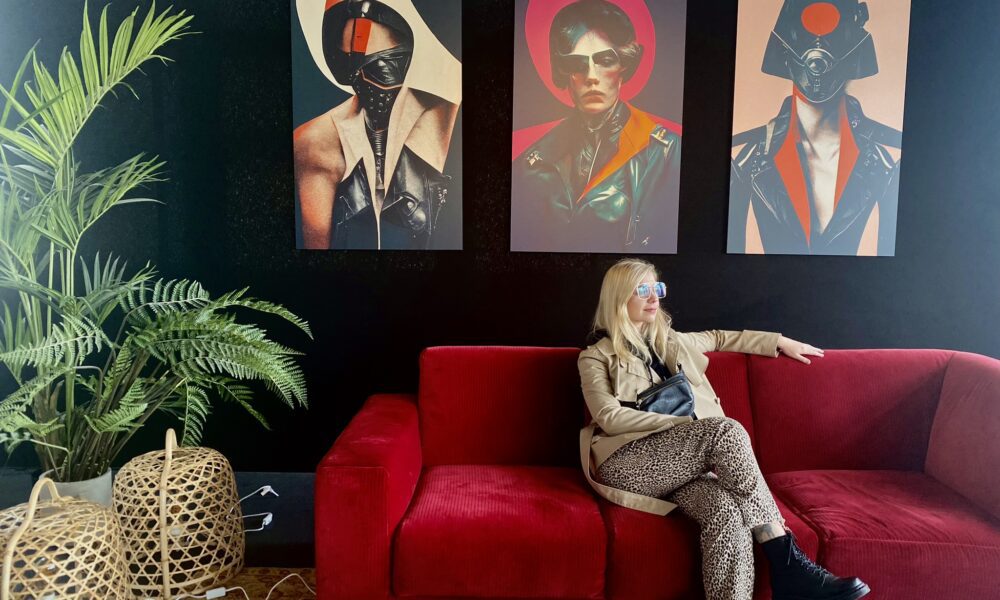Today, being able to do motion graphics is an important skill. Design and movement are combined in interesting ways to tell stories, from moving infographics to stylish video titles.
If you want to get better, it helps to know the best motion graphics tools, techniques, and places to edit them. Here’s how to get better at this field and feel more confident in it.
Start With the Basics of Design and Animation
You’ll want to learn how to use colours, fonts, and layouts to make designs that are easy to animate. Good design makes everything else easier.
You should also get the hang of animation basics—like timing, spacing, and easing. These are the things that make your motion feel smooth and natural instead of clunky or stiff. Learning this early will make your work look more polished from the start.
Get Comfortable With Industry Software
This is where most people start with Adobe After Effects. You can put your drawings together, make them move, and add cool effects while having full control.
If you want to add 3D to your work later, you should check out programmes like Blender and Cinema4D. Do not try to learn everything at the same time, though. Start with a small amount of time with a single tool and work on real projects to improve your skills.
Pick a Learning Style That Works for You
Some people participate in online classes, while others watch free lessons on YouTube. You might even go the uni or TAFE path. Choosing a course of study that fits with the way you prefer to acquire knowledge is of the utmost importance.
Project-based learning is a very beneficial format. You can try reproducing animations that you enjoy, or you can come up with your own challenges. This allows you to grow more quickly and provides you with work that you can add to your portfolio.
Spend Time in a Studio Environment
Animation studios are fast-paced and full of teamwork. You’ll work with editors, directors, and producers—and learn how to take feedback, meet deadlines, and work within a creative brief.
If you’re in Queensland, check out opportunities at animation studios Brisbane. These studios work across heaps of industries—TV, business, and education—and are excellent places to gain real-world experience.
Focus on the Story, Not Just the Effects
Flashy animations and wild transitions can easily captivate one’s attention. But the best motion graphics always support the story. Every move should have a reason—helping viewers follow along or understand the message better.
Before you animate anything, ask yourself, what’s the artist trying to say? Does the movement make it clearer or just look cool? The goal is always to help the viewer, not just show off effects.
Build a Strong and Varied Portfolio
A well-crafted portfolio is essential for securing job opportunities, so it’s important to ensure it stands out. Show different types of work—explainer videos, title sequences, and social media animations. It’s useful to prove you can handle different styles and briefs.
Don’t worry if you’re just starting. Personal projects, practice pieces, or mock-ups are just as useful as client work. And if you’re applying for a job at a studio, try to match the look and feel of the work they already do.
Learn How to Manage Time and Take Feedback
Studios usually work on tight schedules, so you need to be able to plan your time. Break projects into small steps. Set mini deadlines for yourself so you don’t feel overwhelmed. Being organised helps you finish work faster and keeps everything running smoothly.
You’ll also get feedback. Some changes may be minor, while others may force you to start over. Don’t take it personally. Listen, learn, and try to make the next version better.
Keep Practising and Stay Curious
There’s no secret formula to becoming outstanding at motion graphics. It takes time, patience, and a drive to keep creating. Try new styles, challenge yourself, and don’t stop learning. The more you create, the better you get—and that’s what turns you into a pro.






